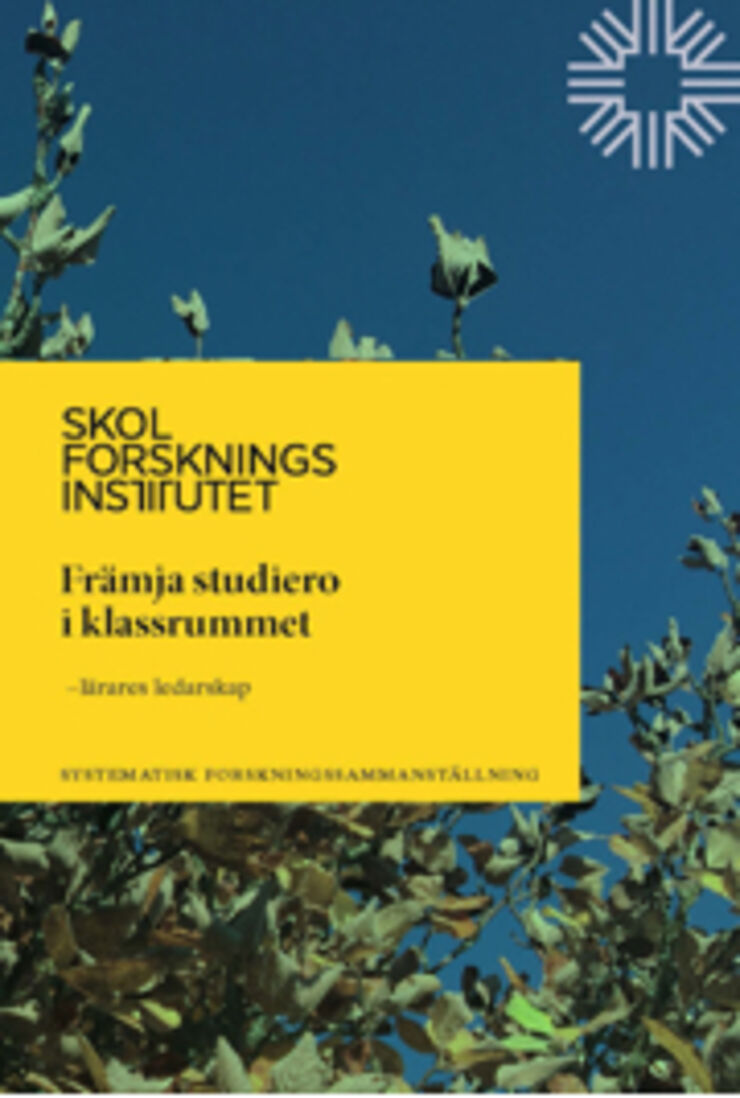The report is based on the question of what sort of leadership delivers a calm study environment. The report then presents six themes that teachers can work with in their leadership, in order to foster a calm study environment.

Therse are:
- Get to know the pupils and create positive relationships
- Choose and adapt methods based on pupil needs
- Work preventively, by using clear expectations and structure
- Activate the pupils and make them participants
- Support and address behaviours
- Evaluate based on observations
Furniture placement affects the study environment
Marcus Samuelsson believes that teachers are already aware of many of the themes in the report, but might have difficulty implementing them. However one point he believes might surprise them is that a room’s furnishing can foster a calm study environment – in the theme “Work preventively, by using clear expectations and structure”.
There is a discussion about teaching environments and different furniture arrangements. The research shows that the pupils learn most if they set individually, in rows, and this might trigger a few teachers”, says Marcus Samuelsson.
When the pupils sit in rows, it’s more difficult to interact with or disturb other pupils, and the teacher gets a good overview of the classroom. However if the idea is that the pupils are to work together, then other set-ups are better. The conclusion is that the assignment should determine the pupils’ seating arrangement.
”There aren’t any solutions that work in every situation”
Marcus Samuelsson views the results as a toolbox that teachers can make use of:
“A teacher who has trouble establishing a calm study environment in the classroom can start by trying one of the tools. Does this work for me? You can also look at the tools and realise that you already do it that way.”
He emphasises that there is no universal solution that works in every situation. Teachers have to adapt their methods according to the pupils they have, and how a group of pupils functions together.
The study is a meta-overview, i.e. a compilation of other research overviews.
Details of the report, which is in Swedish:
Främja studiero i klassrummet – lärares ledarskap. Skolforskningsinstitutets systematiska forskningssammanställningar. 2021:02. Solna: Skolforskningsinstitutet.
English translation: Enabling a calm study environment in the classroom – teachers’ leadership. Systematic Research Syntheses of the Swedish Institute for Educational Research. 2021:02. Solna: Swedish Institute for Educational Research.
